Just got back from an LA screening of Nolan's curation of work by the Quay Bros, including his own new short film "Quay." Nolan himself was there, but only for about 5 minutes as he introduced his work.
He said he came across one of the Quay's shorts while channel surfing as a teen (when channel surfing "actually required some skill") and after seeing more of it on an animation program on BBC4, began to follow their work. He said this was "penance for ripping off the Quays." He was joking, obviously, but got a bit more serious and talked about how he wanted to give them their due for being an influence to filmmakers while being fairly unknown themselves while working all their lives.
In Absentia by the Quays was the first short, and I can see why Nolan chose this to be first. For most of it, it looks as if it's regular live-action, with only blips of the stop-motion and puppetry that the Quays are best known for. But oy, artistically, this was by far the least accessible of the bunch! It's disturbing (especially the sound, reminiscent of 2001: A Space Odyssey), random, dreamlike, barely has a plot (you start to piece things together in the last minute), and definitely not for epileptics.
 Quay
Quay by Nolan came next, and is a fairly straightforward documentary. It's only 8 minutes, so he only shows you a small glimpse into how they work, and you see how tiny their studio is and how methodical their shooting process is. However, what's interesting is that he doesn't go into their artistic process at all - the following shorts are SO out there, so creative, that you wonder how the brothers manage to communicate what they want to do between each other. Maybe they use that mysterious twin telepathy ability.

What's notable about "Quay," that's only evident when the credits roll, is that this is Nolan going back to his Following roots. He did basically everything aside from sound recording, as far as I could tell. Camera work and editing is all him. Including music, and the music was quite good! I love how he just up and decided he wanted to do this, go talk to some obscure British filmmakers and squeezed his camera into their cramped studio to do it. While ignoring the requests for jumping right into his next big blockbuster.

I just love that.
The Comb by the Quays contains more puppet work, which you appreciate more after seeing Nolan's short. This one had more of a plot, but was still very dreamlike, and in fact was about dreaming. It got a little weird, but I loved the last line!
Street of Crocodiles is what Nolan saw on the BBC program, and it definitely shows the Quay's puppetry at its best. That probably makes it the most accessible. Again, quite random and dreamlike, but felt like there was more of a story underpinning it. I also saw more of the Quay's influence on Nolan here, with their focus on texture and hyper real senses within the film.
At any rate, if anyone has a chance to see this, it's an interesting look into a type of fllmmaking that may be unfamiliar to most.



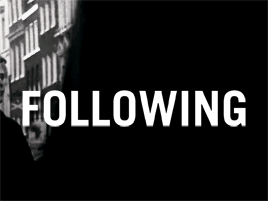
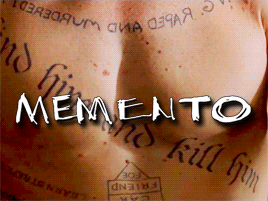
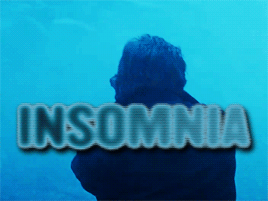
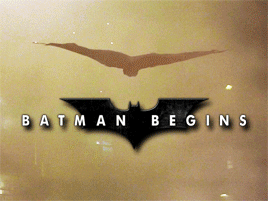

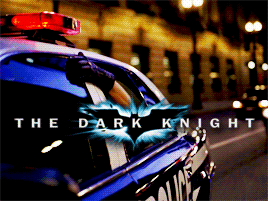
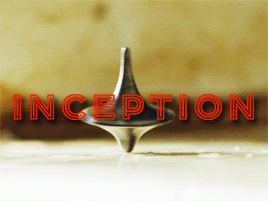
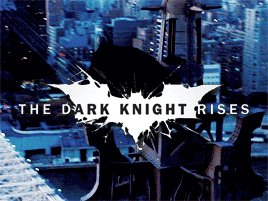
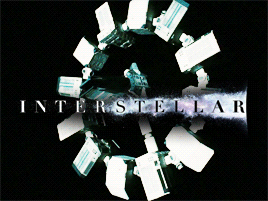
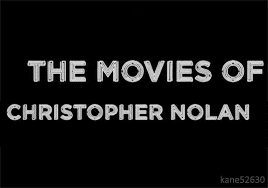
 t:
t:

